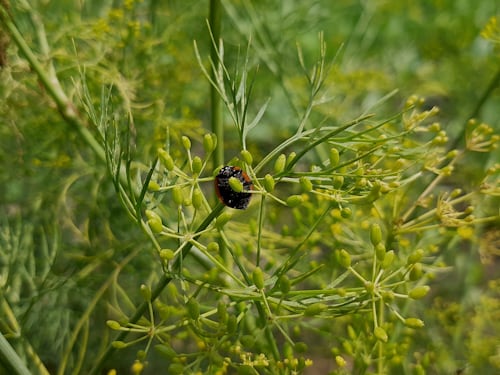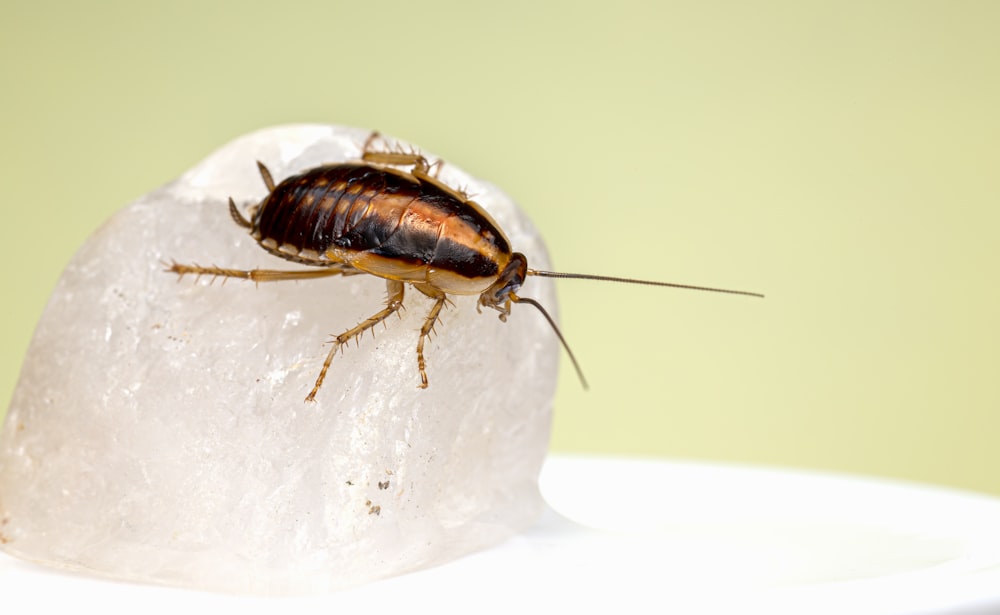Exploring Biological Control of Pests Reading Answers: Strategies, Examples, and Advantages

In the realm of pest management, finding sustainable and environmentally friendly solutions is a priority. Biological control of pests reading answers emerges as a promising strategy that harnesses nature’s own mechanisms to curb pest populations. This approach has garnered attention not only in scientific circles but also in IELTS reading material, reflecting its significance in various contexts. In this article, we’ll dive into the concept of answer of reading biological control of pests, address IELTS reading answers, explore examples, and highlight the advantages of this approach.
Understanding Biological Control of Pests
Biological control of pests involves the utilization of natural predators, parasites, and pathogens to regulate pest populations. This strategy seeks to restore a natural balance within ecosystems by introducing beneficial organisms that keep pest numbers in check. Unlike chemical methods, biological control offers a sustainable approach that minimizes harm to non-target species and the environment.
IELTS Reading Answers and Biological Control
For those delving into IELTS reading material, encountering passages about biological control of pests reading answers is not uncommon. Such readings may present questions related to the concept, strategies, and benefits of this approach. Test-takers are expected to comprehend the main ideas, details, and inferences presented in the text, including discussions about how biological control works and its significance in pest management.
Exploring Pest Biological Control Examples
Pest biological control is not a new concept; it has historical roots in various agricultural practices. Some notable examples include:
- Ladybugs as Aphid Predators: Ladybugs, or ladybirds, are renowned for their role in controlling aphid populations. These voracious predators feed on aphids, helping to prevent infestations in gardens and crops.
- Parasitic Wasps for Caterpillar Control: Certain species of parasitic wasps lay their eggs inside caterpillars. As the wasp larvae develop, they consume the caterpillar from within, effectively controlling their numbers.
- Nematodes and Soil-Borne Pests: Nematodes, microscopic worms, can be used to combat soil-dwelling pests like root-knot nematodes. These beneficial nematodes attack and kill pest larvae in the soil.
Advantages of Biological Control of Pests Reading Answers
- Eco-Friendly Approach: One of the primary advantages of biological control is its minimal impact on the environment. Unlike chemical pesticides, which can have unintended ecological consequences, biological control agents target specific pests without harming other organisms.
- Reduced Chemical Use: Adopting biological control strategies can lead to decreased reliance on chemical pesticides, reducing potential risks to human health and the environment.
- Long-Term Sustainability: Biological control establishes a natural balance that can persist over time. Once established, beneficial organisms continue to regulate pest populations, providing lasting benefits.
- Preventing Resistance: Pests can develop resistance to chemical pesticides over time. Biological control methods are less prone to resistance development, as they often involve multiple mechanisms that make it harder for pests to adapt.
Exploring the Reading Materials
If you’re encountering reading materials related to biological control of pests reading answers with explanation in IELTS preparation, make sure to analyze the text thoroughly. Understand the main ideas, recognize key details, and identify the author’s perspective on the advantages and significance of this approach in pest management.
When dealing with pest-related challenges, it’s essential to explore effective solutions. Check out our article on what to consider when seeking quality ant pest control to ensure you’re equipped with the right knowledge to address pest issues.
In conclusion, biological control of pests presents a holistic and sustainable approach to pest management. From IELTS reading answers to real-world examples and advantages, this strategy showcases how working with nature can yield positive results in maintaining healthy ecosystems and productive agricultural systems.
Championing Balance in Pest Management
The concept of biological control of pests reminds us that nature often provides the most ingenious solutions. By harnessing the power of natural predators and beneficial organisms, we can establish a harmonious equilibrium within ecosystems. This principle resonates not only in the world of pest management but also in broader ecological contexts.
As we move forward, it’s important to continue researching and developing effective biological control strategies. Scientists and researchers are exploring innovative ways to enhance the success of these approaches, from optimizing release techniques to identifying new potential biocontrol agents. Moreover, promoting awareness of these methods among farmers, gardeners, and the general public is crucial for their successful implementation on a larger scale.
In IELTS reading materials, the discussion of biological control of pests ielts reading answers mini ielts offers a glimpse into the intersection of science, environment, and human practices. Understanding the nuances of this approach not only aids in acing reading comprehension but also cultivates an appreciation for sustainable pest management practices.
As we champion biological control, let’s embrace the idea that solutions to complex challenges can often be found in the intricate web of nature itself. By fostering a healthier coexistence between humans, crops, and ecosystems, we can pave the way for a greener, more sustainable future.







